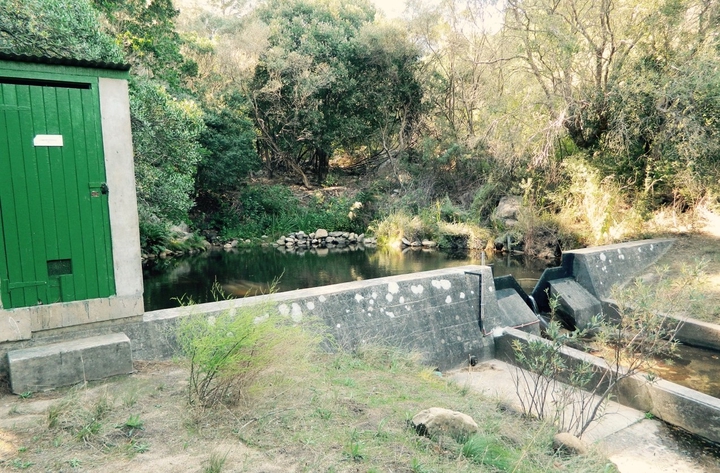Julia Glenday
Julia Glenday Research Fellow Envelope Google I’m a research fellow with a focus on catchment hydrology and modelling. My interests are wide and I love

To help manage water resources and maintain healthy ecosystems, hydrologists need to make predictions about how much water there will be in rivers and aquifers over time, given varying climate conditions across seasons and years. It has become standard practice to do this using hydrological models of catchment areas. There are a wide variety of different modelling strategies and software tools to facilitate this, each having its own benefits and limitations. Modelling tools vary in the algorithms used to approximate hydrological flows, how catchment areas are broken-up into spatial units and vertical layers, how modelled units are linked, the computational time-steps, and their input data needs. All of these aspects have impacts on what questions they can be used to explore and potential differences in their resulting predictions.
We are working on a collaborative research project funded by the Water Research Commission (WRC) to explore the similarities and differences between several catchment hydrological models and tools that are commonly used in the South African water sector. The project aims to look at the implications of applying different tools in various settings and to provide accessible guidance for modellers. The two-year project, “Critical catchment hydrological model inter-comparison and model use guidance development” (WRC K5-2927) includes collaborators from the University of Cape Town, University of the Western Cape, Stellenbosch University, Rhodes University, and the University of Kwa-Zulu Natal as well as several environmental consultancies. The team is applying a suite of modelling tools to a set of case-study catchments in different South African biomes and exploring how the tools can be used to estimate the impacts of invasive alien vegetation cover, commercial forestry, irrigated agriculture, and wetland loss or restoration. This experience will be used to inform modelling guidance material that will be made freely available online as a wiki-page maintained and updated by the South African hydrological modelling community.
See our SAEON enews article for more info.
Julia Glenday Research Fellow Envelope Google I’m a research fellow with a focus on catchment hydrology and modelling. My interests are wide and I love